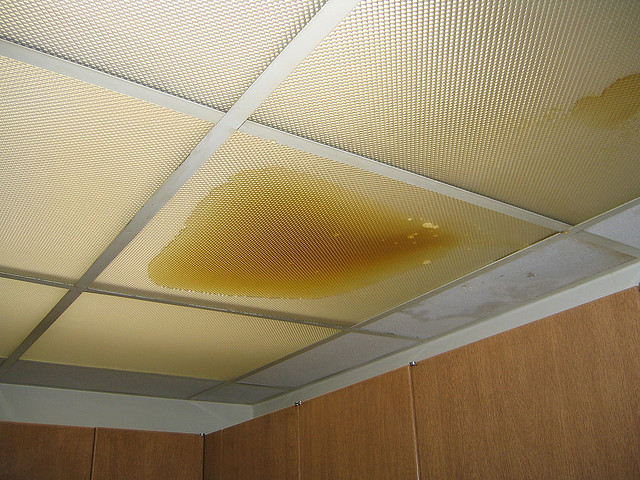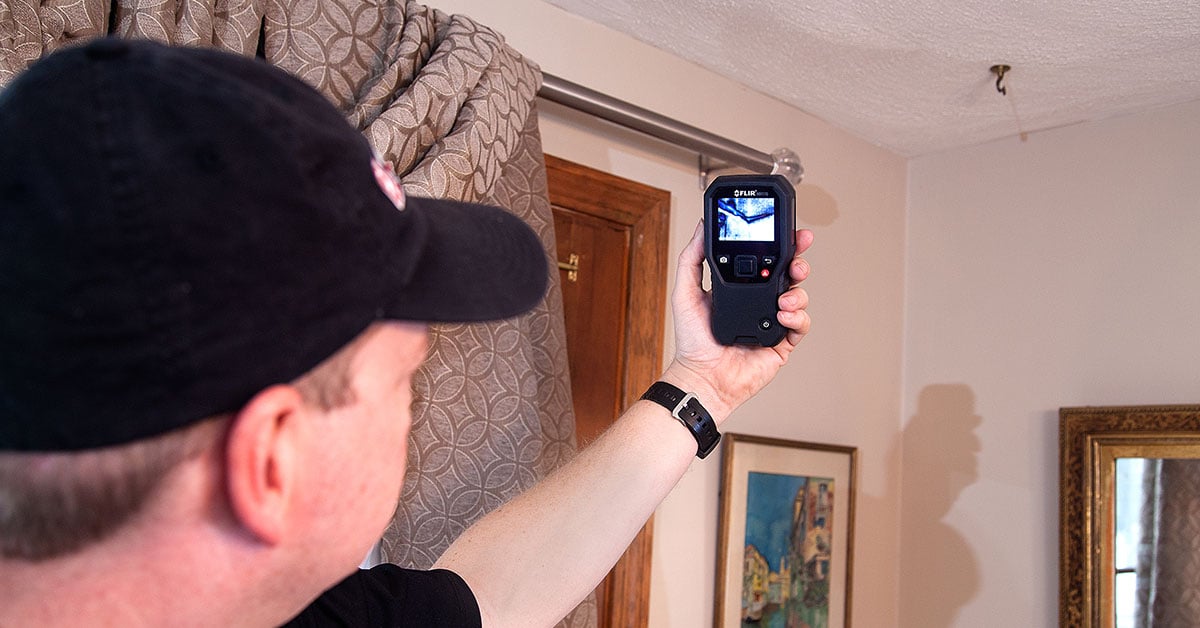This great article following next relating to Detecting hidden plumbing leaks is really compelling. Read it yourself and figure out what you think about it.

The minute you discover a leak, calling your plumber for repairs is the most effective option. Some tiny water leakages may not be visible. Right here are some hacks that help if you can not find it with your nude eyes.
Early detection of leaking water lines can mitigate a possible catastrophe. Aside from conserving you money, it will minimize the stress and irritation.
Examine Water Usage
Assess your water bills and track your water usage. As the one paying it, you ought to notice if there are any type of discrepancies. If you detect sudden changes, in spite of your consumption coinciding, it means that you have leakages in your plumbing system. Bear in mind, your water expense should drop under the very same array on a monthly basis. An abrupt spike in your costs shows a fast-moving leakage.
Meanwhile, a steady rise each month, despite the exact same practices, shows you have a slow-moving leak that's also gradually escalating. Call a plumber to completely examine your building, particularly if you really feel a warm area on your floor with piping below.
Assess the situation as well as check
Homeowners should make it a habit to check under the sink counters and even inside cupboards for any type of bad odor or mold growth. These two red flags suggest a leak so punctual attention is needed. Doing routine assessments, even bi-annually, can conserve you from a significant problem.
Examine the Water Meter
Examining it is a surefire way that helps you discover leaks. If it moves, that indicates a fast-moving leak. This means you may have a slow leak that could also be below ground.
Asses Exterior Lines
Do not fail to remember to inspect your outdoor water lines as well. Test faucets by attaching a yard hose pipe. Ought to water leak out of the connection, you have a loosened rubber gasket. Replace this and ensure all links are limited. If you've obtained an automatic sprinkler, it will help get it properly took a look at and kept yearly. One small leakage can throw away tons of water as well as spike your water costs.
Do a Food Coloring Test
When it comes to water usage, 30% comes from toilets. If the shade somehow infiltrates your dish throughout that time without flushing, there's a leak in between the tank as well as dish.
Inspect for discolorations and also deteriorating as many pipelines as well as devices have a life expectancy. If you believe leaking water lines in your plumbing system, do not wait for it to escalate.
The moment you locate a leak, calling your plumber for repair services is the best option. Some little water leaks may not be noticeable. Examining it is a surefire method that aids you discover leaks. One small leakage can throw away loads of water as well as increase your water costs.
If you suspect leaking water lines in your plumbing system, don't wait for it to escalate.
How to Know If Your Home Has a Hidden Leak
Water Meter Reveals Inexplicable Water Usage
If you’d like to test whether or not there’s a leak somewhere in your home, you can do this using your water meter. Here is how to conduct the test:
Don’t use any water in your home for at least 30 minutes; this also means not turning on faucets or water-using appliances.
Go outside, and check your water meter for activity.
If your water meter shows that there was activity, even though no one was using any water, this proves that there is a leak in your home.Visible Mold or Mildew Growth
Leaks behind walls create moist, dark environments that allow mold and mildew to grow and thrive. Eventually, you might see mold growth forming on the wall closest to a hidden leak.
If mold is growing in an area that receives a high amount of moisture, such as a bathroom, it may simply be an indication that better ventilation is needed. However, if you see mold growth on a wall or the ceiling in an area where you would not expect, you probably have a hidden leak.
Musty, Mildew Odor
Sometimes you might not be able to see the mold or mildew that is growing as a result of a leak. However, the smell can give the problem away just as easily. If you catch a whiff of something musty, there’s a good chance that old water is collecting somewhere in your home that you can’t see.
Stained/Warped Walls, Ceilings, or Floors
When your home soaks up water, a variety of red flags can become visible, including ceiling stains, bubbling drywall, warped walls, and sagging floors. While these issues can be caused by excess humidity, they can also be signs that a pipe or plumbing connection has started leaking behind your walls.
Inexplicably High Water Bill
After a while, you get a general sense for what your water bill should be. If you own a pool or sprinkler system, your bill will tend to be higher during summer. However, if you receive a water bill that seems especially high, and you can’t figure out what caused it, then you may have a hidden leak somewhere that’s increasing your bill.
https://www.plumbingjoint.com/blog/2019/july/how-to-know-if-your-home-has-a-hidden-leak/

As an enthusiastic person who reads about Top leak detection hacks, I assumed sharing that section was really helpful. Sharing is good. One never knows, you may very well be doing someone a favor. Thank you for going through it.